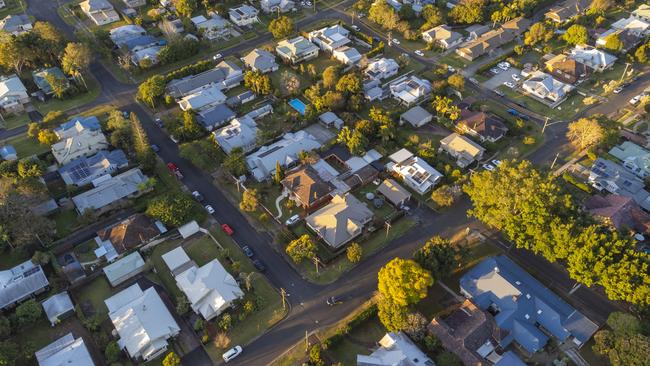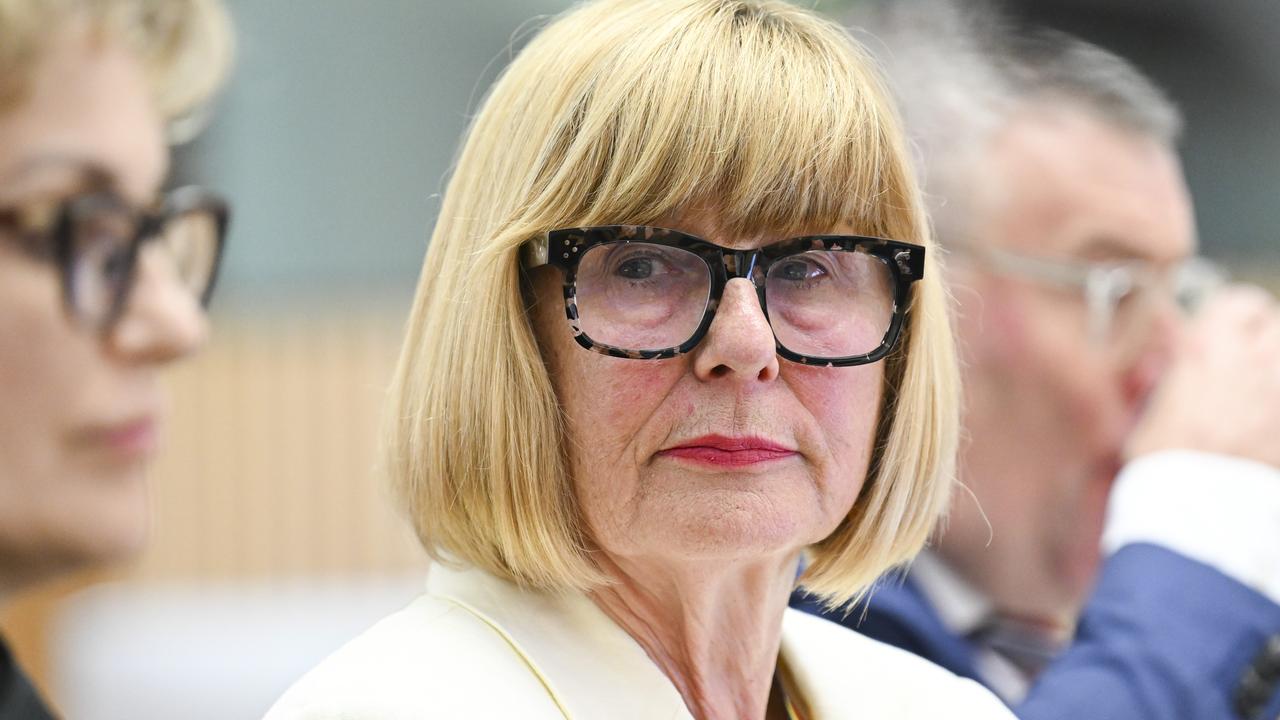Increased density key to Tasmania reaching housing goals, Master Builders say
The experts say a replicating construction in the early 90s could be key for Tasmania to reverse a recent slowdown in new builds to hit key national targets. Here’s how.

Tasmania
Don't miss out on the headlines from Tasmania. Followed categories will be added to My News.
Tasmania will need to reverse a recent slowdown and set new records in housing construction if it is to hit targets set under the National Housing Accord, the Master Builders Association says.
New data produced by the Master Builders Association shows Tasmania will miss its target by more than 10,000 homes if current trends persist.
The MBA’s latest building and construction industry forecasts show a slowing economy, weak consumer confidence and a tight labour market contributing to the slowing of new housing starts.
Signed in 2022, the national Housing Accord includes an initial aspirational target to build one million new well‑located homes over five years from mid‑2024.
Master Builders Tasmania CEO David Clerk says the latest projection is that just 14,300 new homes will get started across Tasmania over the life of the Accord, 11,350 homes short of the target.

“Our population size implies Tasmania will be expected to deliver about 25,600 new homes over the five years to June 2029,” he said.
“This looks like a formidable ask: the state’s home-building industry has never come with more than 19,000 new homes in any five-year period on record.
“The most it ever got was 18,520, and that was more than 30 years ago.”
New home building appears to have suffered a sharp decline during 2023-24 with an estimate of 2347 new home building starts – a drop of 23.3 per cent on the previous year.
Tasmania’s greatest weakness is in the construction of higher-density housing. Just 9.5 per cent of new starts are in that sector of the market.
The state government announced a two-year halving of stamp duty on higher-density homes during the election campaign and legislation has passed parliament and Premier Jeremy Rockliff flagged the need for “more infill medium-density housing” in the Tasmania Housing Strategy.
“The past five years have seen only about 1500 new homes being started on this part of the market,” Mr Clerk said.
“Remarkably, Tasmania’s heyday for higher density home building was back in the early 1990s with about 5000 new higher density homes delivered over the five years to 1993-94.
“If we could replicate this over the next five years, our chances of beating the Accord would be hugely enhanced.”
The MBA’s forest showed continuing strength in the non-residential market, with a solid medium-term pipeline of projects.
“The next five years are likely to be quite favourable in this part of the market with $5.4 billion worth of work predicted to get carried out – a quantum of work some 40.8 per cent higher than in the five years to 2023-24.
“The bulk of the growth is likely to originate from the public sector-heavy social, cultural and recreational building sector.
“Retail and commercial building work is expected to show a more modest gain while industrial building is set to move lower over the forecast horizon.”
And civil and engineering construction activity would also show strong growth, including the construction of the new Macquarie Point AFL stadium.
More Coverage
Originally published as Increased density key to Tasmania reaching housing goals, Master Builders say





